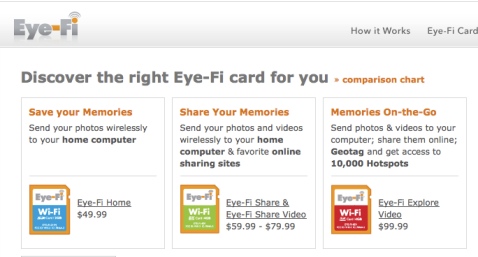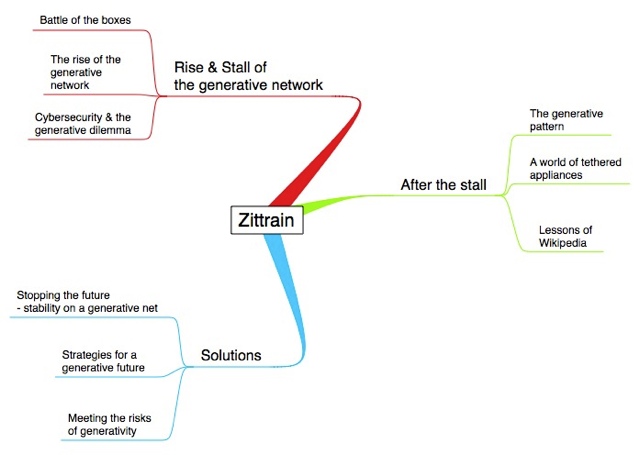Today is the 40th anniversary of the first Request For Comment (RFC) — the form devised by the ARPANET’s designers for discussing technical issues. Steve Crocker — who as a graduate student invented the idea — has written a lovely piece about it in the New York Times:
A great deal of deliberation and planning had gone into the network’s underlying technology, but no one had given a lot of thought to what we would actually do with it. So, in August 1968, a handful of graduate students and staff members from the four sites began meeting intermittently, in person, to try to figure it out. (I was lucky enough to be one of the U.C.L.A. students included in these wide-ranging discussions.) It wasn’t until the next spring that we realized we should start writing down our thoughts. We thought maybe we’d put together a few temporary, informal memos on network protocols, the rules by which computers exchange information. I offered to organize our early notes.
What was supposed to be a simple chore turned out to be a nerve-racking project. Our intent was only to encourage others to chime in, but I worried we might sound as though we were making official decisions or asserting authority. In my mind, I was inciting the wrath of some prestigious professor at some phantom East Coast establishment. I was actually losing sleep over the whole thing, and when I finally tackled my first memo, which dealt with basic communication between two computers, it was in the wee hours of the morning. I had to work in a bathroom so as not to disturb the friends I was staying with, who were all asleep.
Still fearful of sounding presumptuous, I labeled the note a “Request for Comments.” R.F.C. 1, written 40 years ago today, left many questions unanswered, and soon became obsolete. But the R.F.C.’s themselves took root and flourished. They became the formal method of publishing Internet protocol standards, and today there are more than 5,000, all readily available online.
But we started writing these notes before we had e-mail, or even before the network was really working, so we wrote our visions for the future on paper and sent them around via the postal service. We’d mail each research group one printout and they’d have to photocopy more themselves.
The early R.F.C.’s ranged from grand visions to mundane details, although the latter quickly became the most common. Less important than the content of those first documents was that they were available free of charge and anyone could write one. Instead of authority-based decision-making, we relied on a process we called “rough consensus and running code.” Everyone was welcome to propose ideas, and if enough people liked it and used it, the design became a standard…
The RFC archive is here.



